Paul Hartnett: Chronicler of Club Culture and Eccentric Fashion
PAUL HARTNETT – A PROFILE FROM THE FUSED MAGAZINE ARCHIVE
From London’s New Romantics and Goths to Tokyo’s Harajuku Kids, New York’s electro scene and the new rock world exploding in Paris, Irish photographer Paul Hartnett’s impressive archive of photographic work is characterised by a poetic appreciation of imperfection, personality and eccentricity.
Over the last thirty years, he has painstakingly documented Midnight’s children and their club culture on a global basis, appearing in style publications such as ‘i-D’, ‘Dazed & Confused’ and ‘Fused Magazine’.
An 18-year-old Paul Hartnett took his first ever nightclub photograph. Over the ensuing three decades, he has amassed an archive that charts the evolution of international club culture.
His style has a particular focus on individuals who work a strong ‘look’. His portraits are a remarkable and fragile social document, a record of the inventive and excessive sides of youth that ranges from 1976 to now. His work is characterised by a poetic appreciation of imperfection, personality and eccentricity. He says, “My main interest has always been in the extremes of bodily adornment, and the various expressive and compulsive needs such exhibitionism aims to serve.”
Hartnett’s compulsion to document the extremes of youth culture has always revolved around the themes of consumption, decadence and conspicuous sexuality played out against an urban backdrop.
Born to Irish parents in West London back in 1958, Hartnett grew up in a residential home for the elderly which his mother ran. Educated by Benedictine monks at an all boys’ Catholic school in Ealing, he first began taking photographs at the age of nine when he won “a really nasty black plastic camera” as a bingo prize in the British holiday resort of Clacton. His first subjects were weary donkeys on the beach and starfish trapped in shallow pools.
From London to Tokyo: A Global Photographic Odyssey
Hartnett took his first nightclub photograph of Soo Catwoman at Bang Disco in December 1976, using a Kodak Instamatic camera. Armed with a Nikon he bought at a flea market for a mere £10, he then began photographing fans of the Sex Pistols in Chelsea’s King’s Road and Portobello Market, then Steve Strange’s New Romantics in and around London’s Kensington Market and Covent Garden, making friends with the likes of ‘gender benders’ Boy George and Marilyn, plus design icons such as jewellery maker Judy Blame, design student John Galliano and performance artist Leigh Bowery.
In 1995 Hartnett ran the world’s first club for drag kings – women who dress as men. Naive, at Maximus in Leicester Square became a sensation. There was one strict rule in the club: no photographers. For six months Hartnett documented what has become a historic landmark in gay and lesbian development.
“I’m often asked about the trends I have documented over the years. There are so many. From skinheads with their shaved heads and bleached jeans to punks with their paint-splattered leather jackets and strategically-ripped pants. What intrigues me is their motivation to dress-up, their resourcefulness and their need to be seen as an individual.”
“Youths now have so many more options than there were in the world of thirty years ago. Myspace and Youtube are highways for the imagination. A website such as my own has often been referred to a crash-course in street-style by young people who have viewed it. It’s kind of weird to receive e-mails from all over the world, with so many questions. Now, in the 21st Century, there are so many youth tribes and the idea of what is IN and what is OUT is so over, so last century! There are so many style magazines, so much to look at, consider. We live in a cut ‘n’ paste society when it comes to ideas.”
Subjects Hartnett has recently enjoyed documenting include “fashion students in Shanghai and Beijing and, similarly, fashion students from Antwerp’s Royal Academy of Fine Arts at a monthly club named Fanklub. Also, my camera has enjoyed snapping members of new French rock bands such as Second Sex, Nelson and The Tatianas in Paris, London’s club characters such as Gauche Chic’s Niyi, those ‘in the know’ at London Fashion Week, Glasgow’s new breed of young artists and designers… always in search of raw style, real style.”
“Photography has always acted as a social lubricant. I started clubbing at sixteen. I found myself attracted to the dressed-up, messed-up crowd. Having a camera meant that I had an excuse to talk to people, develop a rapport,” says Hartnett.
Evolving Fashion: Documenting the Dynamics of Style from Punk to Now
Despite having worked within the constraints of a club and street situation, Hartnett’s thousands of unique images are razor-sharp, composed almost clinically. He has always made it a priority to get in close to a subject, documenting the essential details with care.
“Working within the restrictions of a street location or club venue means I have to work fast,” says Hartnett. “I like to be very minimal in my approach, stripped right down. No props, no set-ups, no team around me, nothing premeditated or animated. My pictures do not glamourise the subject. If anything it is the bloodshot eyes, gaping pores and psychology beyond the make-up that I want a viewer to probe. The often pathetic and low level functioning of reality of midnight’s children.”
Check out hartnett.uk.com
Originally appeared in Fused Magazine issue 33

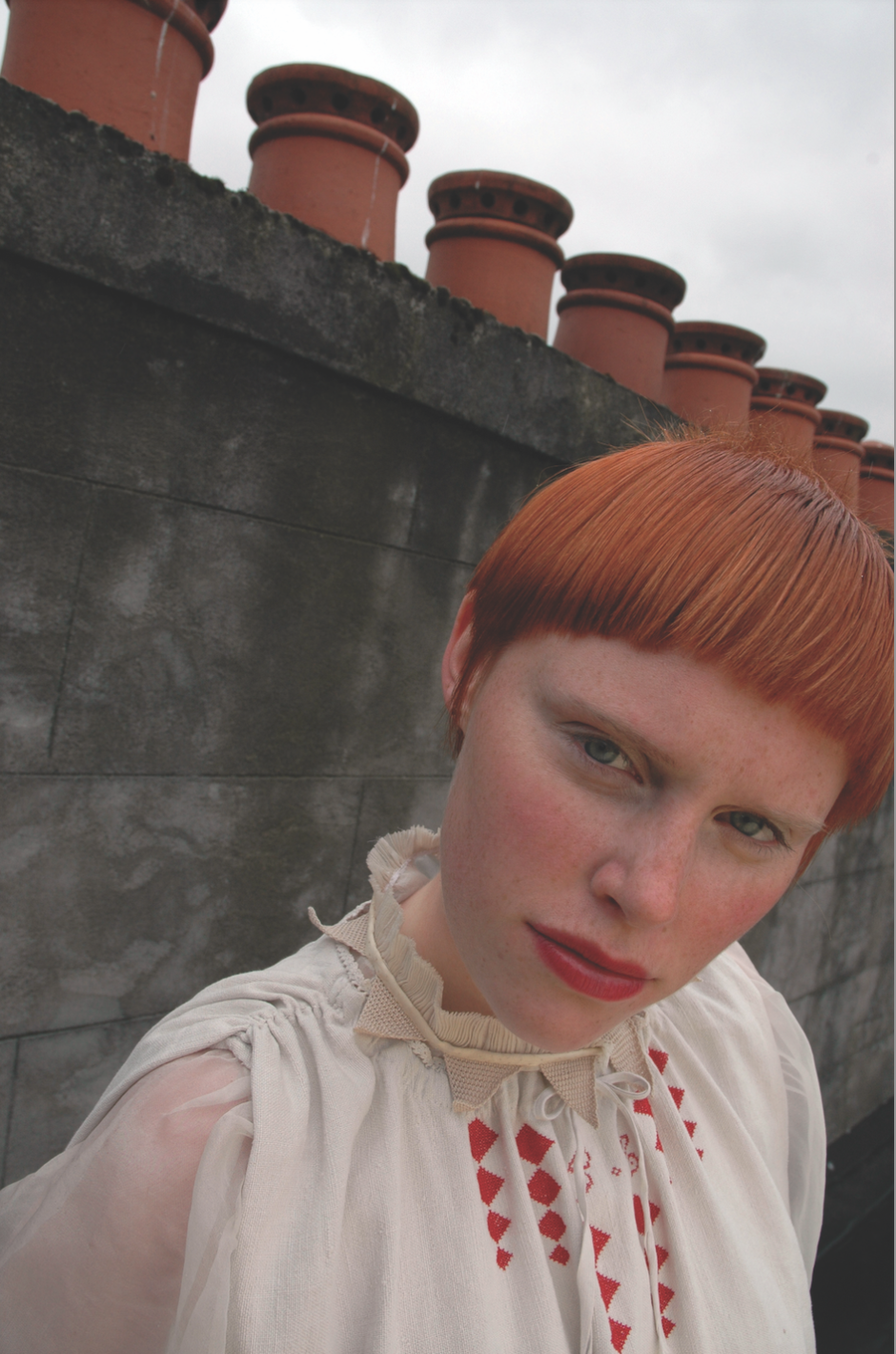




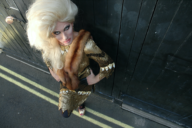
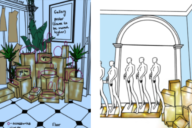
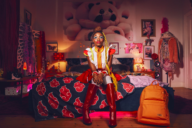
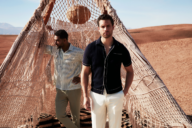

No Comments